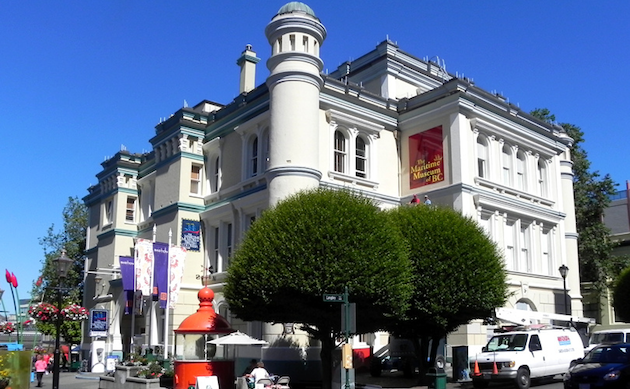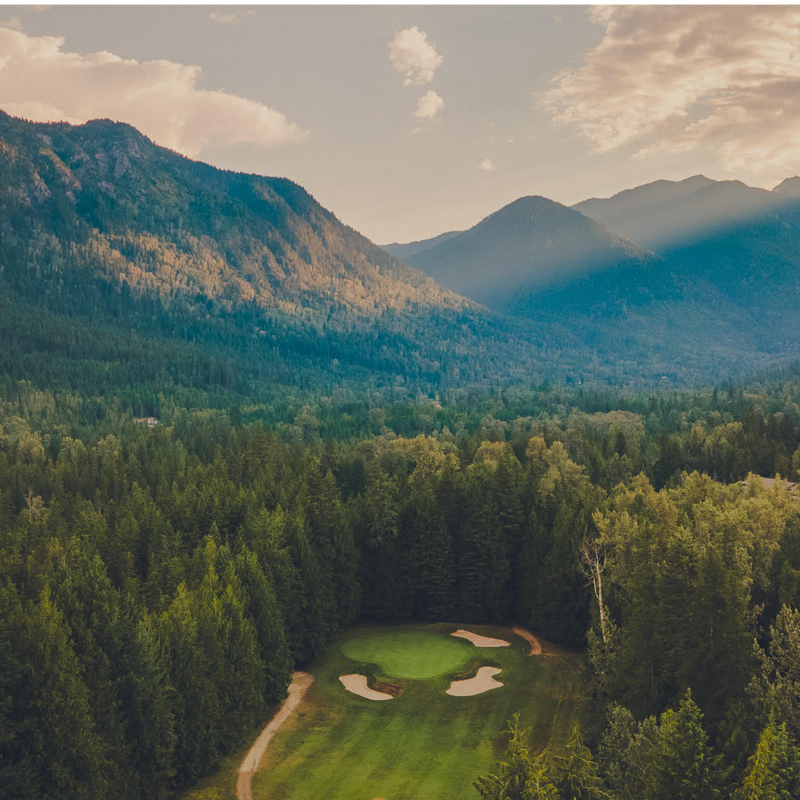Visit the Maritime Museum, then take an amphibious vehicle tour of Victoria
Tourists have always flocked to Victoria

As the oldest city in the Pacific Northwest, Victoria, B.C., has long been defined by exploration, industry and adventure. And while a visit to the Maritime Museum of British Columbia will exhibit how the tide has turned on the type of industry in and around the port over the waves of time, new opportunities for exploration and adventure are still strongly connected to the sea.
The Maritime Museum of British Columbia
According to volunteer gallery interpreter, museum guide and self-described history buff Norman Malkoske, “before the arrival of the steamship, Victoria was the hub” for explorers in the early 19th century.
“Victoria was a fur trading domain before it became a British colony,” said Malkoske. “With the sailing vessels you couldn’t get into Vancouver and you couldn’t get into Seattle because you’re just going by the wind, so Victoria was the natural harbour for sailing vessels to come in.”
In the mid-19th century, Malkoske said, the rush for gold that began in California came north and transformed the fort into a true port city.
“With the search for gold we had development going up the Fraser River to the Cariboo and up the Cariboo to Barkerville to look for the gold,” he said. “Victoria was where the miners had to come in to get their licenses, and in a matter of months the population exploded from 500 immigrants to thousands of people.”
The artifacts and replicas that populate the gallery room today depict the kinds of industry that also exploded as a result: images of sealers and whalers reminiscent of Captain Ahab and Moby Dick, and shipbuilding, fisheries and canneries.
“At one time there were about 90 canneries here,” said Malkoske. “As a port city, Victoria developed in a very unique way. There were the fisheries and the navy, things you wouldn’t have found in a regular landlocked city. And there were ships and people coming in from all over the world. Because of its exposure to the rest of the world, there was a mixture of values. All the miners would come back to Victoria during the winter, and along with the sealers, whalers, fishers and loggers, there were a lot of people. That creates a certain environment. It was a real rootin’ tootin’ town.”
Tourism then and now
While Malkoske said the introduction of steamships ultimately allowed ships to safely reach the end of the rail line in Vancouver, he added that “Victoria was always a stop.”
“The CP (Canadian Pacific) headquarters stayed in Victoria, and once CP finished their railroad they built all these huge chateau-style hotels and started bringing in all these tourists,” he said. “The CP ships were world-class. The tourist trade became one of the biggest industries in Victoria, and it still is today.”
Current statistics from the Greater Victoria Harbour Authority concur: while only a few small-scale fishing vessels now operate out of the Fisherman’s Wharf after the introduction of steamships changed the course of industrial development, Victoria has become known more as a city for tourists to blow off some steam of their own. Information provided by GVHA stakeholder relations assistant Karina Monsalve reports that Victoria has hosted more than 200 cruise ship calls every year since the 2008/2009 season with a total of more than 1.7 million passengers.
Victoria Hippo Tours
As such a popular cruise ship destination, Victoria’s companies that cater to tourists are continuously establishing themselves, offering adventure activities that are connected to the sea. In fact, the active cruise ship industry in Victoria has attracted a new company that is set to start “city tours with a splash” this spring: Victoria Hippo Tours.
Inspired by similar tours in Boston, Massachusetts, and Branson, Missouri, Hippo Tours president and co-owner Geoffrey Lind, who lives in Toronto, built “the most modern fleet of amphibious vessels in North America” and began operating land and water tours in and around Lake Ontario over ten years ago. He decided to move his fleet across the country to the milder temperatures and longer tourist season of the west coast when Ontario Place was closed in February of 2012 for five years and the company lost access to their ramp. His floating 40-passenger buses, named Happy, Harry, and Henrietta, will now offer a combined land and water tour of Victoria and its Inner Harbour.
According to Victoria Hippo Tours, the “urban safaris” will last 90 minutes and will include commentary on Bastion Square, Chinatown, Fisherman’s Wharf and the entertainment district as well as landmarks such as the Parliament Buildings and the Fairmont Empress Hotel before splashing into the Inner Harbour, “the unofficial main attraction of the city.”






